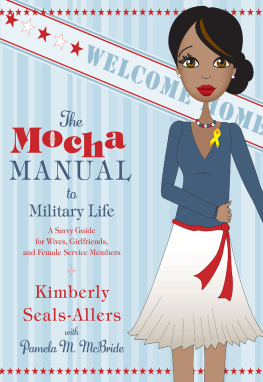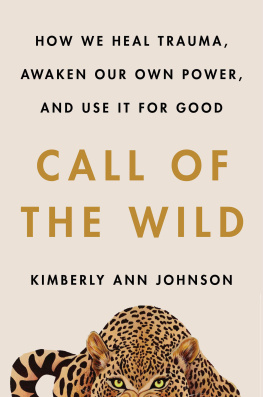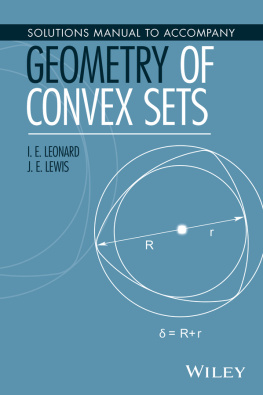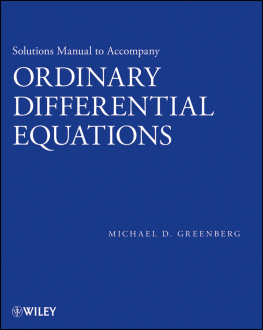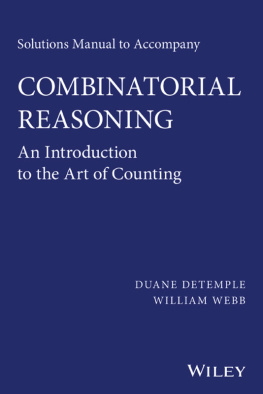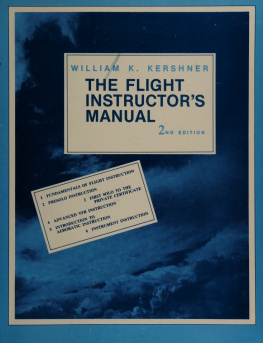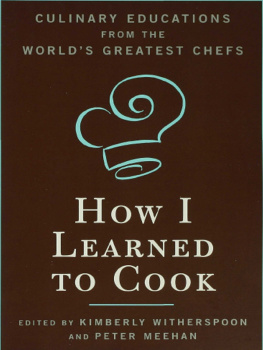Kimberly Cook - Instructors Manual To Accompany Criminology
Here you can read online Kimberly Cook - Instructors Manual To Accompany Criminology full text of the book (entire story) in english for free. Download pdf and epub, get meaning, cover and reviews about this ebook. year: 2019, publisher: Routledge, genre: Children. Description of the work, (preface) as well as reviews are available. Best literature library LitArk.com created for fans of good reading and offers a wide selection of genres:
Romance novel
Science fiction
Adventure
Detective
Science
History
Home and family
Prose
Art
Politics
Computer
Non-fiction
Religion
Business
Children
Humor
Choose a favorite category and find really read worthwhile books. Enjoy immersion in the world of imagination, feel the emotions of the characters or learn something new for yourself, make an fascinating discovery.

- Book:Instructors Manual To Accompany Criminology
- Author:
- Publisher:Routledge
- Genre:
- Year:2019
- Rating:3 / 5
- Favourites:Add to favourites
- Your mark:
- 60
- 1
- 2
- 3
- 4
- 5
Instructors Manual To Accompany Criminology: summary, description and annotation
We offer to read an annotation, description, summary or preface (depends on what the author of the book "Instructors Manual To Accompany Criminology" wrote himself). If you haven't found the necessary information about the book — write in the comments, we will try to find it.
Instructors Manual To Accompany Criminology — read online for free the complete book (whole text) full work
Below is the text of the book, divided by pages. System saving the place of the last page read, allows you to conveniently read the book "Instructors Manual To Accompany Criminology" online for free, without having to search again every time where you left off. Put a bookmark, and you can go to the page where you finished reading at any time.
Font size:
Interval:
Bookmark:

University of Southern Maine

52 Vanderbilt Avenue, New York, NY 10017
2 Park Square, Milton Park, Abingdon, Oxon OX14 4RN
Product or corporate names may be trademarks or registered trademarks, and are used only for identification and explanation without intent to infringe.
ISBN 13: 978-0-367-00809-3 (hbk)
What is Crime?
- Thirty years ago a national study predicted an increasingly barricaded society in the near future. To a large extent these predictions have come true, especially in relation to increasing security measures taken by private citizens and the government.
- Fear of crime seems to be generating much of this quest for security at the beginning of the 21st Century. As a result, we live in "anti-crime fortresses" in the modern world.
- The overall cost of crime (not counting political crime or white collar crime) to victims, $450 billion, is twice that of the federal defense budget in the United States.
- This "fortress building" is fueled by special interest groups (like the RA and MADD) whose crusades have left the public increasingly fearful of crime victimization.
- The vast majority of information the general public gets about crime comes from the mass media (TV, movies, newspapers, magazines, etc).
- Crime is a big seller in the mass media and consumes one-third of television programming in the United States. Most of this coverage focuses on violent crime, leading to a distorted image within the public mind about the crime phenomenon.
- Three major points Beime and Messerschmidt make:
- "The enormous volume of crime-related items in the media wrongly creates the image of a society with an enormous amount of violent crime."
- "The media have created the misleading impression that crime rates consistently increased during the last decade."
- "The media distort the incidence of non-violent crime."
- An act must be forbidden by criminal law (no crime without law and no punishment without law). Criminal law is separate from canon (religous) law and civil law. Criminal law distinguishes misdemeanors from felonies.
- An act must be voluntary, or a voluntary omission. No one can be prosecuted for bad thoughts, only for voluntary behavior or voluntarily failing to act. Criminal responsibility relies on establishing intent to commit the crime (levels of intent: purposefully, knowingly, negligently, recklessly).
- Criminal responsibility can be avoided with proper defense or excuse, such as "justification" which includes duress, necessity and duty; entrapment; and/or insanity. This assumes, of course, that the person commiting the act has "free will" do it; this may not always be valid and should be stressed.
- Criminology, as a discipline, cannot limit itself to the study of crime based solely on the legalistic definition because it is often too narrow and tautological.
- Law is something other than simply a statement about what is permissible and what is prohibited. Law is an expression of the will of the power elites in society, and ought to be seen as a social phenomenon that is dynamic, not static, and exists within specific historical conditions.
- As societies have become more complex, laws have become more abundant; specifically the greater the social inequality exists, the more laws are passed. Hunter-gatherer and horticultural societies experienced relatively little social inequality and therefore had minimal laws governing daily life. With increasing complexity and inequality in society more laws have been enacted to preserve the privilege and interest of the powerful.
- Law is a form of social control, aimed at producing conformity to the expected rules of daily interaction. When those expected rules are violated, laws are applied to generate an official response to those violations. Within criminology, penal solutions are usually the most widely studied.
- Refers to "the process whereby criminal law is selectively applied to social behavior." It involves: a). The enactment of legislation that outlaws certain types of behavior, b). The surveillance and the policing of that behavior, c). If detected, its punishment.
- Important questions must be explored when studying the criminalization process, such as whose vested interests are being protected in the process? How/why did this particular law take shape when it did? Does this law maintain the status quo ?
- Sellin objected to relying exclusively on the legal definition of crime because it simply reinforces the conventional public perception of crime, and thereby limits criminological investigations.
- Instead, Sellin advocated that "conduct norms" should form the basis of a sociological definition of crime. These include conduct norms stemming from formal and informal controls: custom, tradition, ethics, religion and criminal law. Since every society has conduct norms within them, Sellin believed this sociological definition would offer new opportunities to investigate crime.
- Sutherland's response to Sellin's arguments expanded the definition of crime to incorporate the social harms that result from white collar crimes as well as conventional crimes. Sutherland was especially keen to see the definition expanded to include violations of regulatory laws that are not necessarily violations of criminal law.
Font size:
Interval:
Bookmark:
Similar books «Instructors Manual To Accompany Criminology»
Look at similar books to Instructors Manual To Accompany Criminology. We have selected literature similar in name and meaning in the hope of providing readers with more options to find new, interesting, not yet read works.
Discussion, reviews of the book Instructors Manual To Accompany Criminology and just readers' own opinions. Leave your comments, write what you think about the work, its meaning or the main characters. Specify what exactly you liked and what you didn't like, and why you think so.


